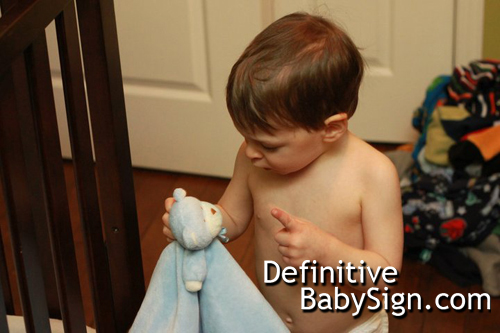 When my son was first born I began to research colic. As a new parent, we all think that babies experience it when they don’t cooperate with our schedule. In hide-sight, my baby was run-of-the mill. He wasn’t sleeping nights, had it all mixed up with his meals and pretty much did whatever he wanted to. I’ve seen this dozens of times since with my sisters kids and my friends kids. Now I just see a baby doing what a baby does.
When my son was first born I began to research colic. As a new parent, we all think that babies experience it when they don’t cooperate with our schedule. In hide-sight, my baby was run-of-the mill. He wasn’t sleeping nights, had it all mixed up with his meals and pretty much did whatever he wanted to. I’ve seen this dozens of times since with my sisters kids and my friends kids. Now I just see a baby doing what a baby does.
However, there are times when a high-strung nervous mom gets a-hold of a baby and exacerbates whatever discomfort baby is experiencing. Emotional mothers can frustrate easily and so make baby even more upset. Calm mothers (experienced mothers) will comfort and sooth baby. It has been said that colic is a function of having a baby who lacks the skills to adapt to stimuli around him coupled with a mother who isn’t as easily able to calm him. It’s been said that an easy-going baby is one who is let’s inconsistencies in his routine slide, while more difficult babies deal poorly with inconsistencies. Obviously this bit of information can help mothers who’s baby’s are difficult, but only if they follow the rules.
A colic baby wants a regimented schedule with few surprises throughout the day. They’d also rather spend time in a quite environment rather than be rocked or soothed (more stimulus). So instead of bouncing a colic baby, giving him a squeaky toy, or turning on a mobile, remove him to a quite environment and turn the lights down.
As difficult babies graduate to toddlers, you might consider using similar techniques. So instead of using a loud voice to interact with a toddler, use a calm voice with a clear message. Use more non-verbal body language to show the he’s doing something inappropriate. Calmly grab a toddlers hand to remove him from the delicate vases. Use a stern look to show disapproval instead of raising your voice. I think these techniques should be at the forefront of all parenting. I think it promotes calm and respect in children instead of turning them feral. Screeching, spanking and the like can only teach a child that these are techniques people can use to control others when they do something against our wishes. If you think a toddler isn’t encoding these behaviours as something the too can do on others, you’re sadly mistaken.
A controlled parents can, with some practice, turn down emotions in a household to make babies and toddlers calm and respectful. Try using fewer words, calming words and more body language to help manage your child and see how much reduced outbursts can become.
